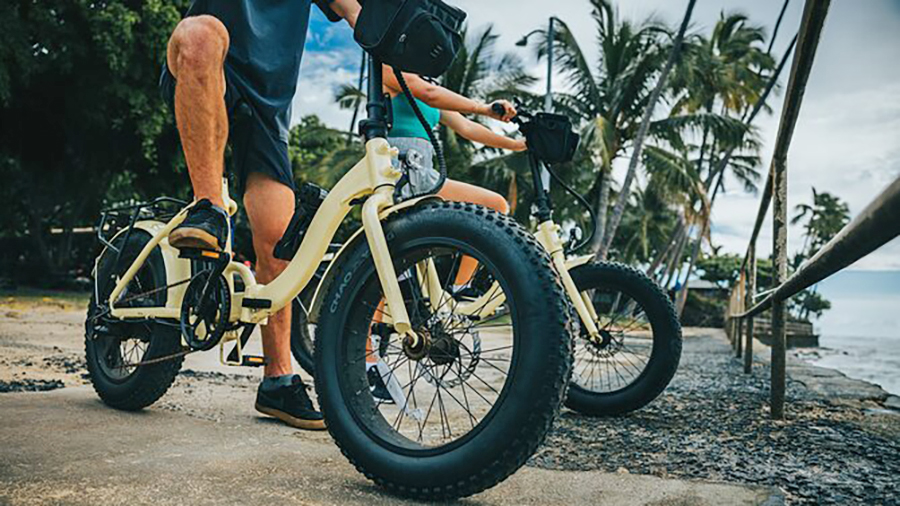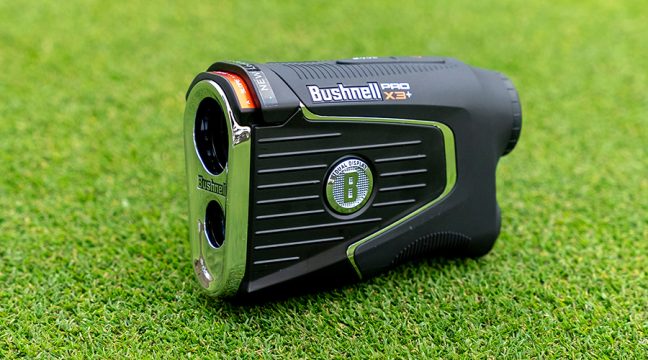The American Academy of Orthopaedic Surgeons (AAOS) has reported data showing a rise in bone and joint injuries, which correlates with the surging popularity of e-bikes. The vehicles, capable of reaching speeds of 28 mph, are causing injuries across all age groups, including experienced e-bike users.
The AAOS encourages all riders to understand the physical risks associated with these micromobility products before taking to roads and trails and offers safety tips to avoid bone and joint injuries while riding an e-bike.
“E-bikes can reach speeds much higher than traditional bicycles, and this increased velocity means more force during falls or collisions. This higher energy impact is causing injuries we don’t typically see in traditional bicycle falls,” said AAOS spokesperson and orthopedic surgeon specializing in sports medicine Brian R. Waterman, MD, FAAOS. “The risk of fractures, dislocations and head trauma increases as e-bike usage becomes more popular. The best protection starts with awareness, proper protection and responsible riding.”
According to the U.S. Consumer Product Safety Commission (CPSC), injuries from micromobility devices, including e-scooters, hoverboards and e-bikes, have risen by an estimated 23 percent annually since 2017. Notably, nearly half (46 percent) of all e-bike injuries from 2017 to 2022 occurred in 2022 alone.
“Falls that result in fractures are among the most common e-bike injuries we see in both men and women,” said Dr. Waterman. “More than 10 percent of injured riders require hospitalization. We’re also seeing a high rate of vehicle-induced collisions, underscoring the need for improved safety regulations.”
AAOS experts recommend the following to help prevent injuries while riding e-bikes:
- Choose a certified, properly fitting helmet and wear it every time you ride, regardless of local laws.
- Learn about your e-bike’s class (1, 2, or 3), top speed, and motor assistance features. Check city or state regulations for e-bike use, including minimum age requirements.
- Be alert, obey traffic rules and use hand signals to communicate with drivers and other cyclists.
- Regularly check brakes, tires, lights, and the battery.
- Stay away from your iPhone, and avoid headphones or anything that could impair hearing or vision.
- Wear bright clothing and use front and rear lights, especially in low-light conditions.
- E-bikes are not toys. Make sure new riders practice in a safe area before hitting the road.
“Traditional biking helps build muscle, coordination and bone strength,” added Dr. Waterman. “E-bikes, while convenient and appealing, reduce these benefits and raise the risk of serious orthopedic injuries. It is a tradeoff many riders don’t realize—until it’s too late.”
The American Academy of Orthopaedic Surgeons, with over 39,000 members, is the world’s largest medical association of musculoskeletal specialists and a leading source of information on bone and joint conditions, treatments, and related musculoskeletal healthcare issues. It also leads the healthcare discussion on advancing quality.
For more information about bicycle safety and bone and joint injury prevention, visit OrthoInfo.org.










